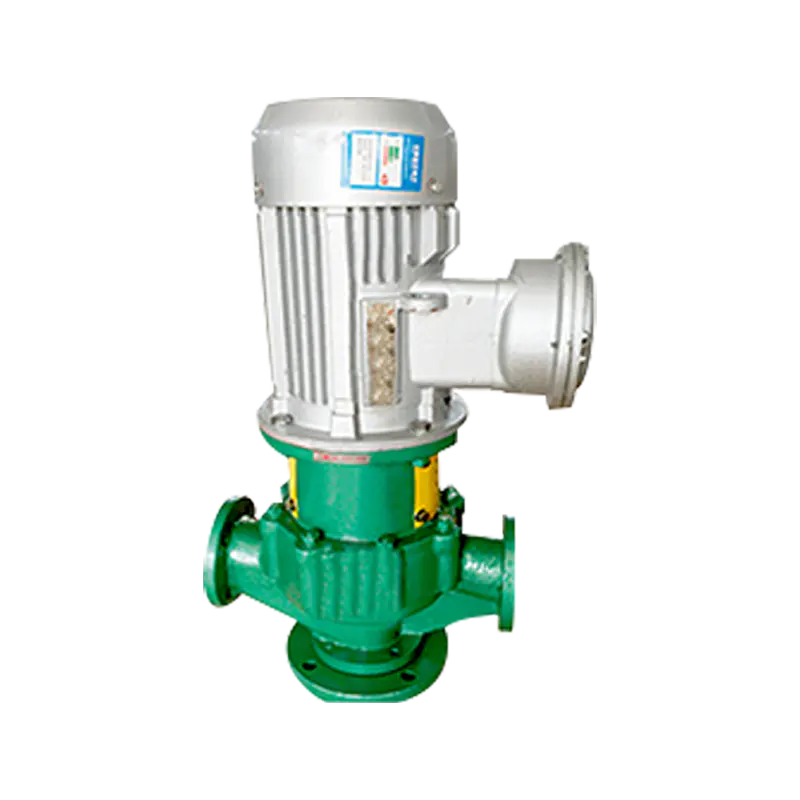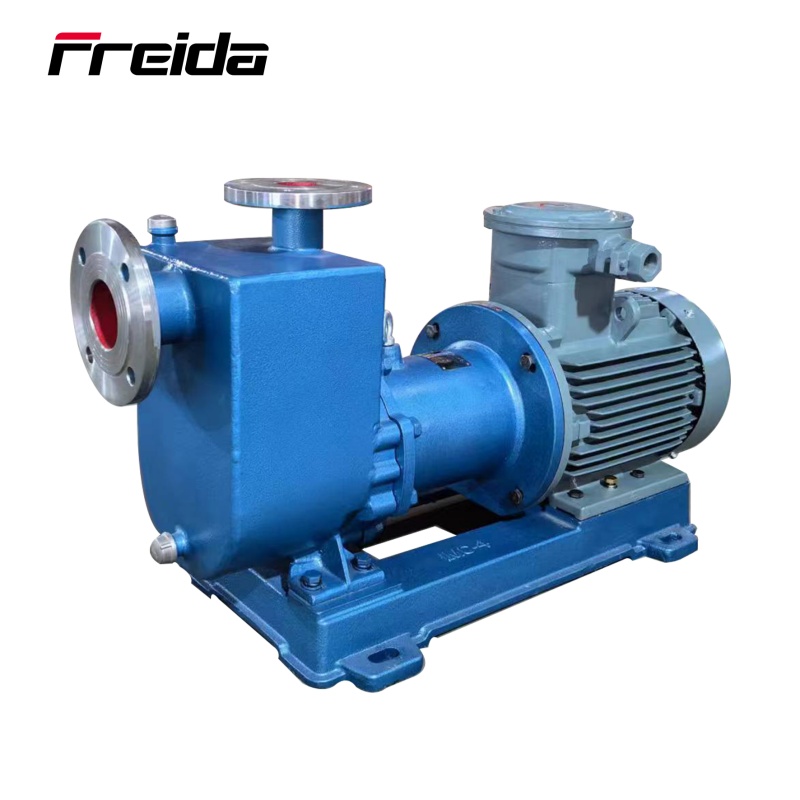The self priming pump represents a vital category of fluid-handling equipment, distinguished by its unique ability to draw air out of the suction line and fill its own casing with water, thereby initiating the pumping process without external assistance. This inherent capability eliminates the need for a separate vacuum source or manual intervention, making it an indispensable tool across numerous industries and applications.
How a Self Priming Pump Works
The fundamental difference between a standard centrifugal pump and a self priming unit lies in the latter's ability to mix air with the liquid inside its casing to create an emulsion.
-
Initial Fill: For a self priming pump to work, the pump casing must first be filled with liquid (water or other fluid) before the initial startup. This fluid is retained within the casing by a check valve or foot valve, even when the pump is idle.
-
Air Evacuation: When the pump starts, the impeller spins, creating a low-pressure zone at the eye. The trapped liquid and the air from the suction line are drawn into the impeller, where they are mixed.
-
Separation: The air/liquid mixture is discharged into a separate chamber or reservoir within the pump casing. Because air is lighter, it rises and is expelled through the discharge port.
-
Continuous Flow: The heavier liquid separates, falls back down, and is recirculated through the impeller to mix with and evacuate more air from the suction line. This process continues until all the air is removed, and a vacuum is created, allowing atmospheric pressure to push the liquid up the suction line into the pump.
-
Pumping Mode: Once the suction line is fully primed, the pump transitions into normal centrifugal pumping operation, continuously moving fluid.
Key Features and Design Advantages
The design of a typical self priming pump often includes several key components that facilitate its automatic priming function:
-
Large Casing: A capacious pump casing acts as a liquid reservoir for priming.
-
Built-in Reservoir/Separator: This chamber allows the air and liquid to separate effectively.
-
Check Valve (or Non-Return Valve): Positioned on the discharge or within the suction inlet, this valve prevents the priming liquid from draining out when the pump stops, ensuring the pump is ready for the next cycle.
This design offers significant operational advantages:
Applications of the Self Priming Pump
Due to its reliability and versatility, the self priming pump is employed across a wide spectrum of demanding environments:
-
Wastewater and Sewage: They are extensively used in municipal and industrial sewage lift stations because of their ability to handle solids and their convenient "above-ground" installation.
-
Construction and Dewatering: Used for removing unwanted water from excavation sites, trenches, and mines where rapid and reliable dewatering is critical.
-
Industrial: Found in chemical processing, petrochemical plants, and paper mills for transferring various liquids, including corrosive and abrasive fluids (when constructed from appropriate materials).
-
Agriculture: Utilized for irrigation and transferring manure or slurry due to their solids-handling capacity.
-
Marine: Essential for bilge pumping and ballast transfer on ships.

Selecting the Right Self Priming Pump
Choosing the correct self priming pump requires a careful assessment of the application's specific needs:
-
Fluid Type: Consider the liquid's viscosity, temperature, and the presence of solids or corrosive elements. This dictates the required construction material (e.g., cast iron, stainless steel, or specific elastomers).
-
Performance Requirements: Determine the necessary flow rate (volume per unit time) and the required total head (the energy imparted to the fluid, measured in feet or meters of liquid).
-
Suction Conditions: The suction lift—the vertical distance between the pump centerline and the fluid level—is crucial. While self-priming, these pumps still adhere to the laws of physics and have a maximum effective suction lift, typically around 25 feet (7.6 meters) at sea level.
-
Power Source: Pumps are available with electric motors, diesel engines, or gasoline engines, depending on mobility and power availability at the site.
In summary, the self priming pump is not just an alternative to a standard centrifugal pump; it is a specialized, resilient workhorse designed for applications where reliable suction from an elevated position or the presence of air/gas is a recurring factor. Its inherent design for automatic operation ensures maximum uptime and operational ease.
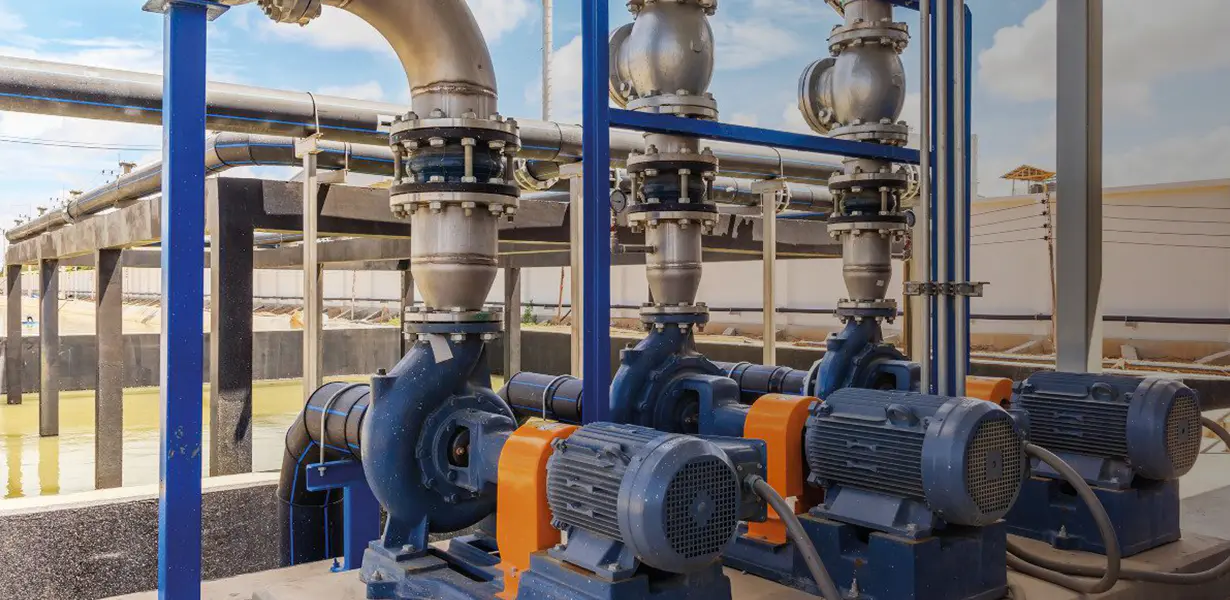
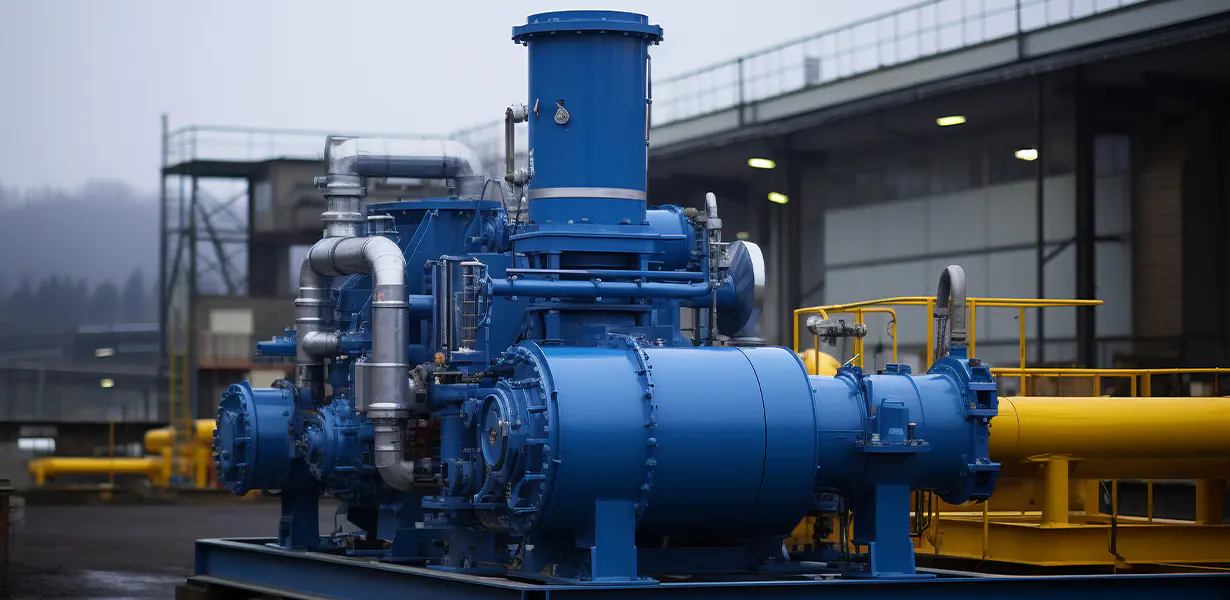
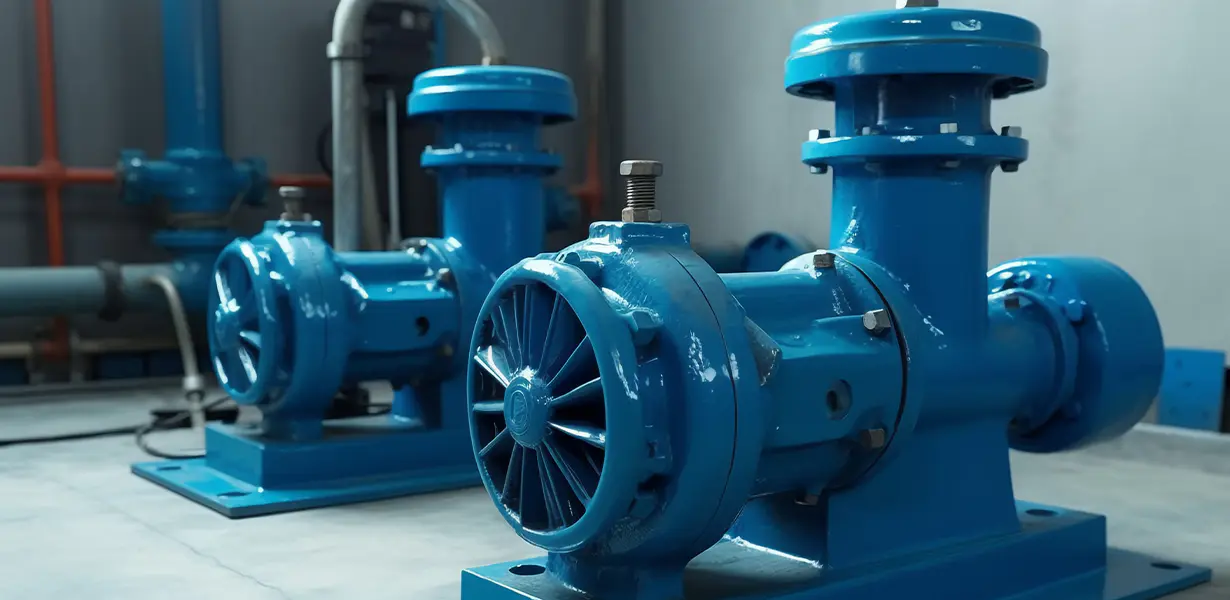
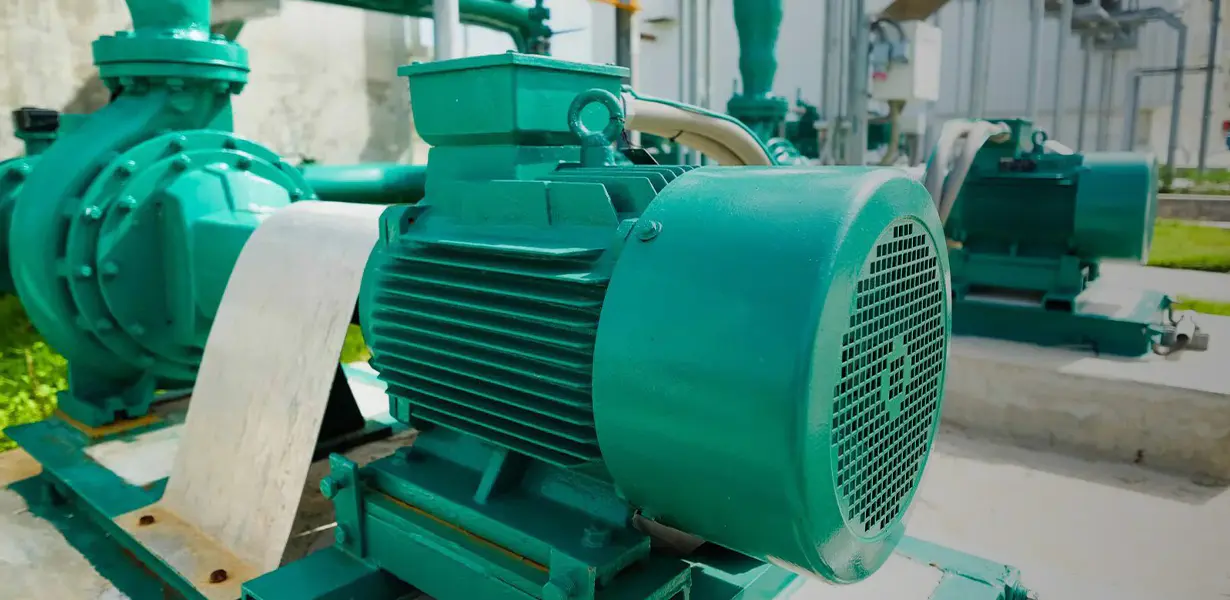
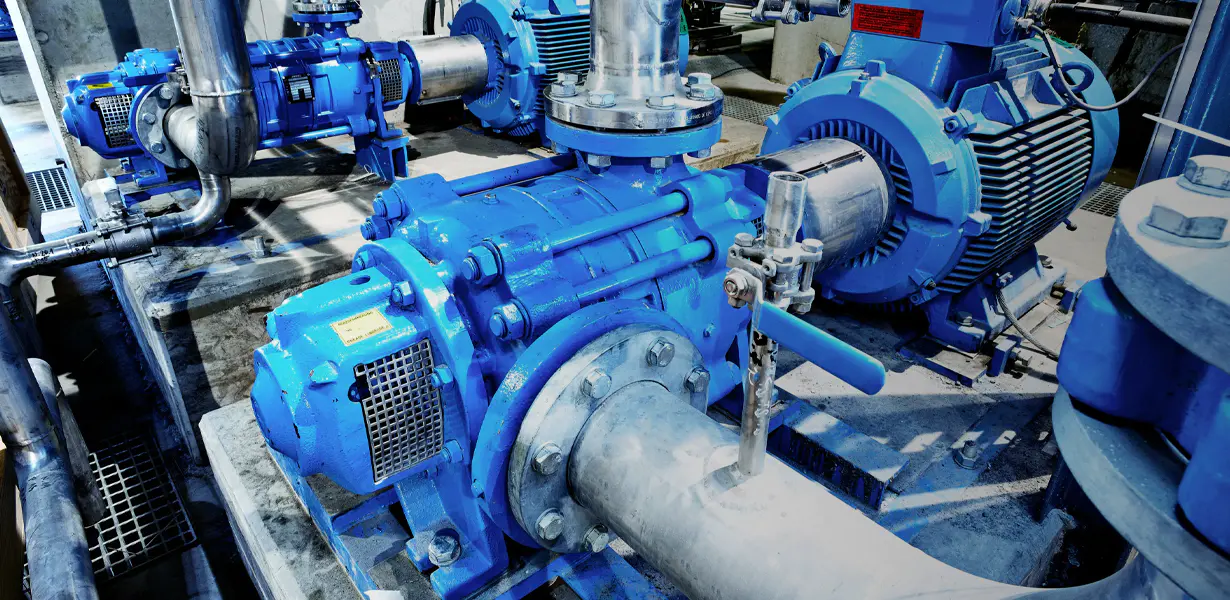
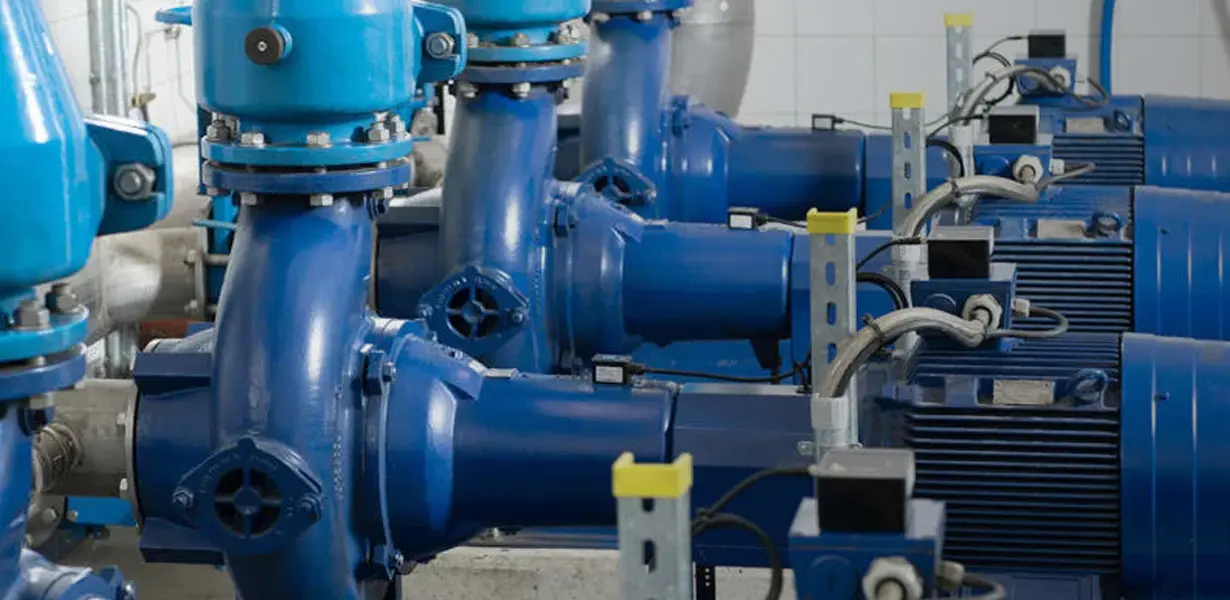


 English
English русский
русский Español
Español Français
Français








